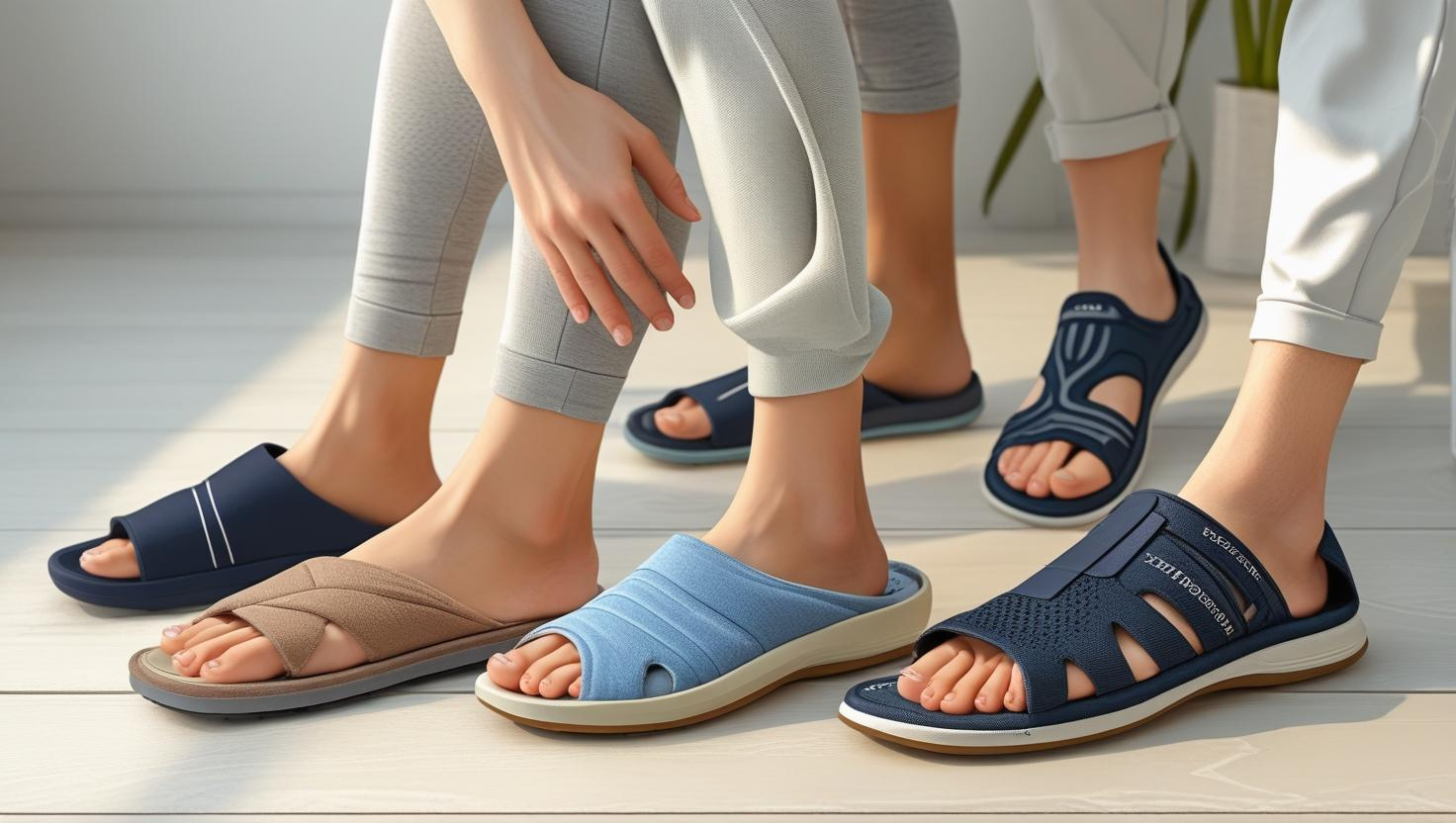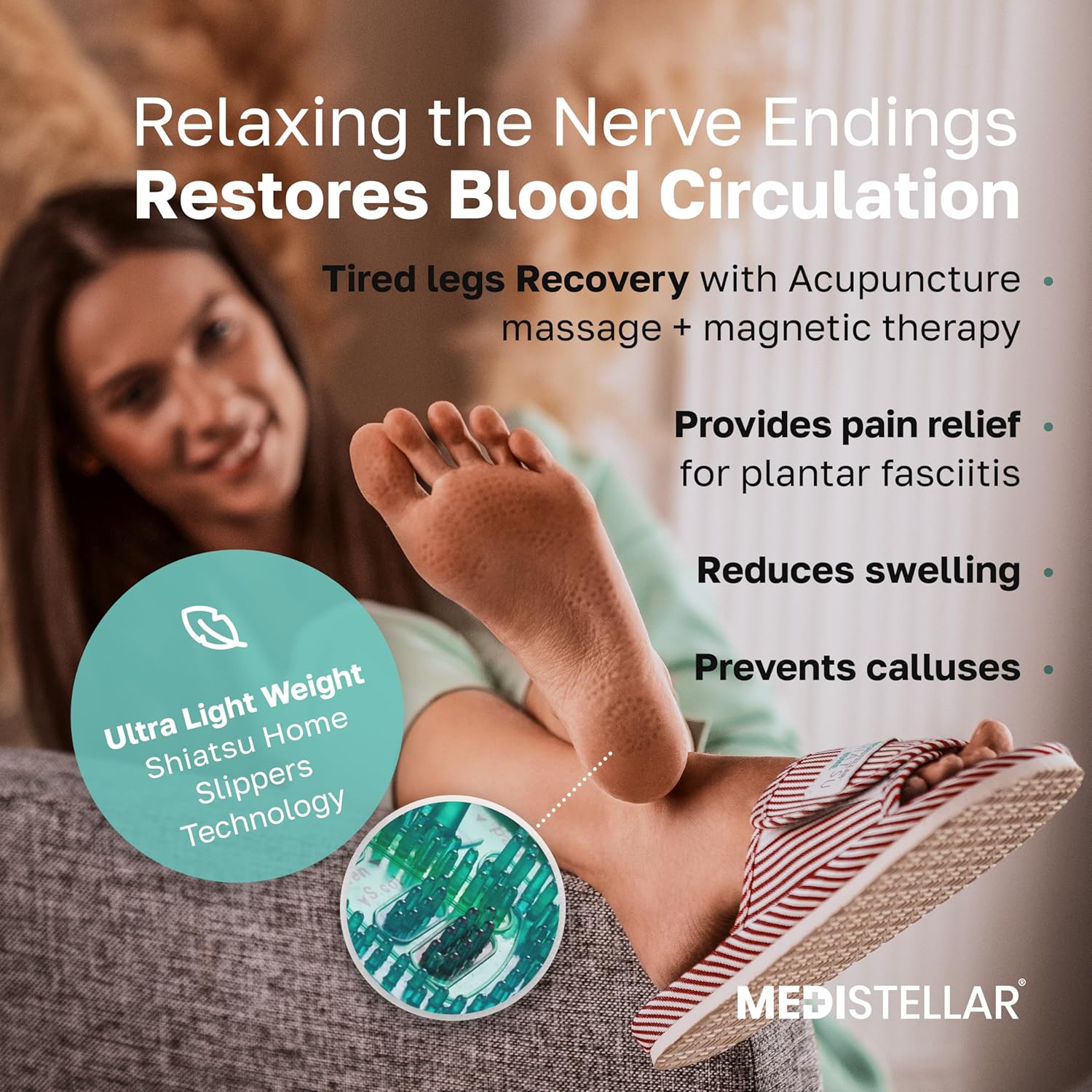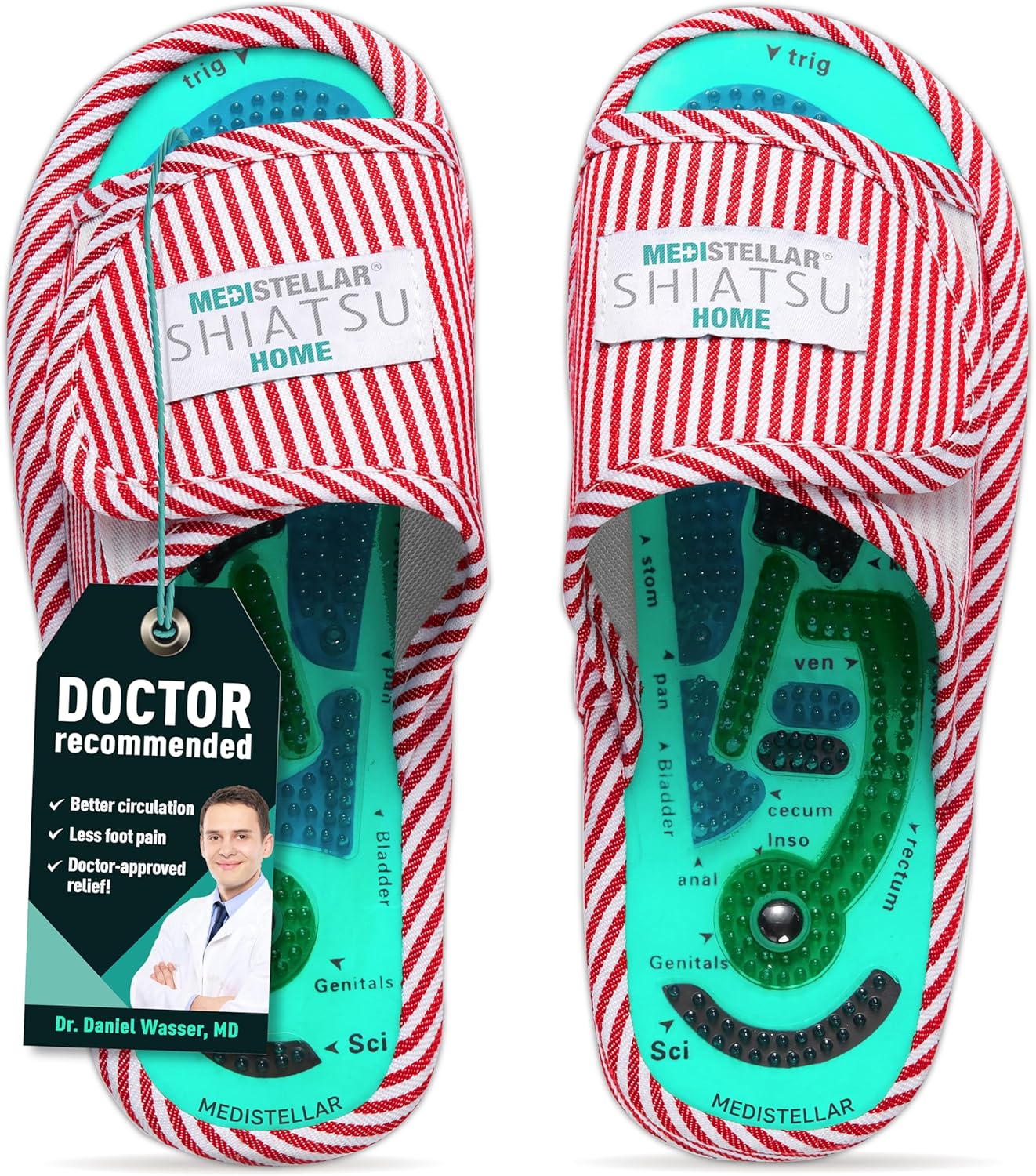ADVERTORIAL
Most People Walk Barefoot at Home Without Realizing the Damage — Here’s a Simple Fix

The Overlooked Problem: Hard Floors and Tired Feet
Many people unknowingly put daily stress on their bodies just by walking around their homes. Hardwood, tile, and laminate flooring may be popular choices, but they offer zero shock absorption—and over time, this can silently wear down the body’s natural support systems.
Without proper foot support indoors, common issues include:
-
Heel and arch pain
-
Joint discomfort in knees and hips
-
Muscle fatigue after long periods of standing
-
Stiffness when waking up or after chores
The Simple Shift That Can Make a Big Difference

More people are discovering that supportive house slippers — not barefoot walking or thin socks — are one of the easiest ways to reduce fatigue and protect their joints.
Modern house slippers with memory foam or structured soles are specifically designed to:
-
Support the arch and heel
-
Provide soft but stable footing
-
Prevent joint compression on hard floors
-
Offer non-slip traction for added safety
This isn’t about being “soft” or indulgent — it’s about functional comfort for people who spend a lot of time standing, cooking, cleaning, or working from home.

Why Indoor Footwear Matters More Than People Realize
We often prioritize supportive shoes for outdoor walks or workouts, but what about the hours spent inside the home?
-
The body’s musculoskeletal system doesn’t care whether you’re at the mall or in your kitchen.
-
Walking on hard floors barefoot reduces shock absorption, which can lead to joint strain over time.
-
Good slippers keep the feet aligned, encourage better posture, and reduce micro-fatigue.
In short: small changes in daily comfort can prevent long-term wear and tear.
What to Look for in a High-Quality Pair of Slippers

Not all slippers are created equal. For real support and comfort, look for:
-
✅ Contoured memory foam insoles
-
✅ Arch support (especially if dealing with plantar fasciitis)
-
✅ Firm-yet-cushioned soles for balance
-
✅ Non-slip grip for hard floors
-
✅ Breathable and washable materials
Bonus points for styles that are easy to slip on/off but still stay secure around the heel.
👟 What Makes a Truly Supportive House Slipper?

✅ Essential Features to Look For:
-
Structured arch support
To reduce strain on the plantar fascia and support natural foot shape.
-
Cushioned midsole or memory foam base
Helps absorb impact from hard flooring and prevents heel fatigue.
-
Heel support and a firm sole
Prevents wobbling and improves alignment — especially helpful for tired joints or uneven posture.
-
Non-slip grip
For secure footing on tile, hardwood, or laminate — key for safety, especially in kitchens or bathrooms.
-
Breathable materials
Avoids overheating and keeps feet dry and odor-free — important for all-day wear.
✅ Final Thought: Don’t Wait Until Feet Hurt to Start Supporting Them

Walking around barefoot or in basic slippers may seem harmless — until the body starts to show signs of fatigue.
Supportive indoor footwear is one of the simplest ways to invest in long-term comfort and mobility.
For anyone spending more time at home, upgrading slippers isn’t a luxury. It’s a practical, body-friendly choice.
Comfort Starts Where You Stand
